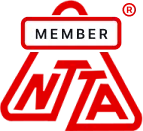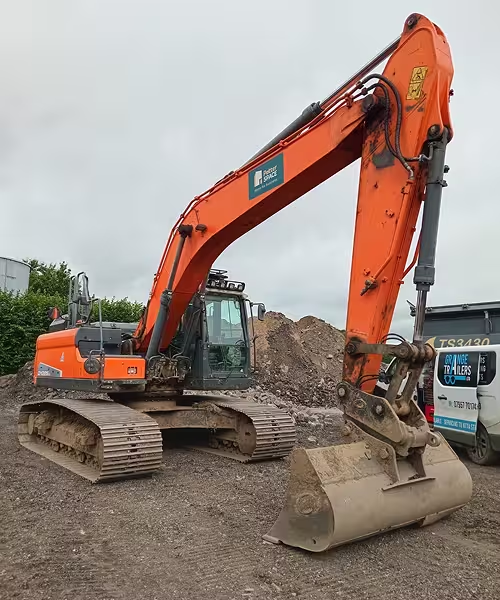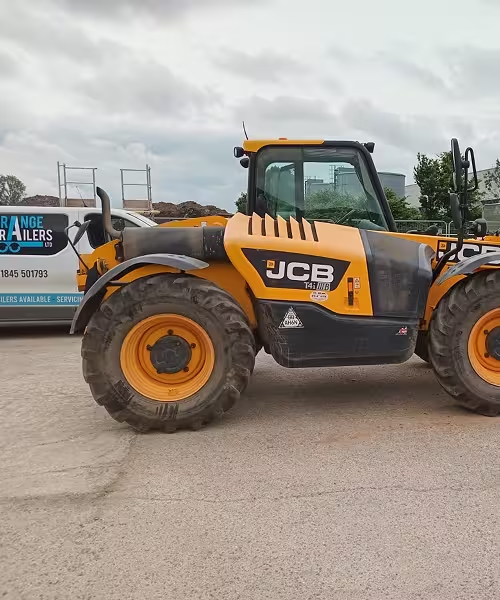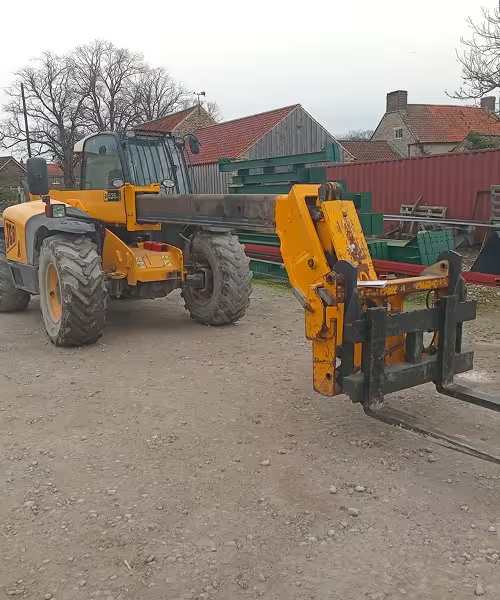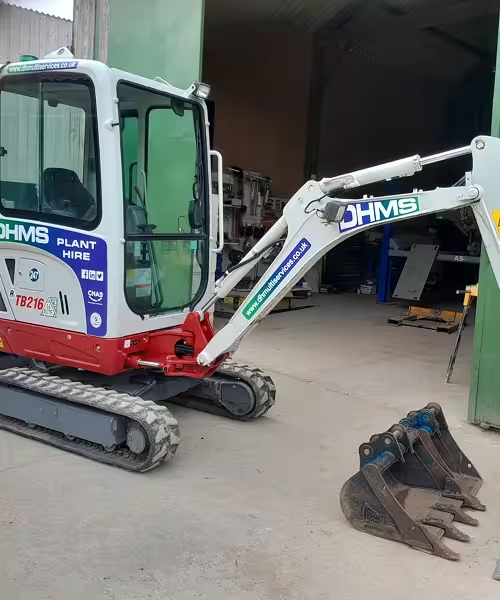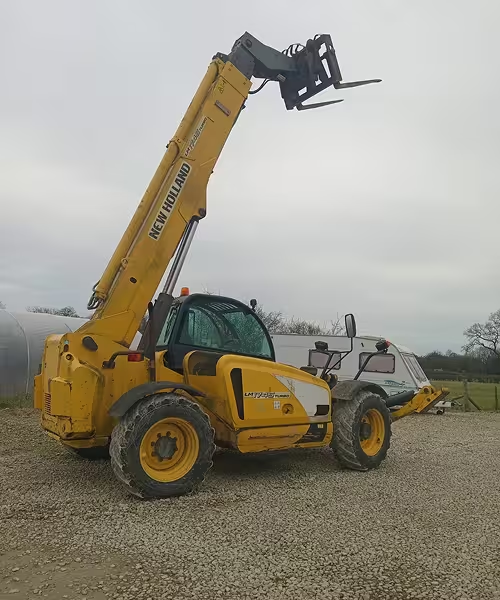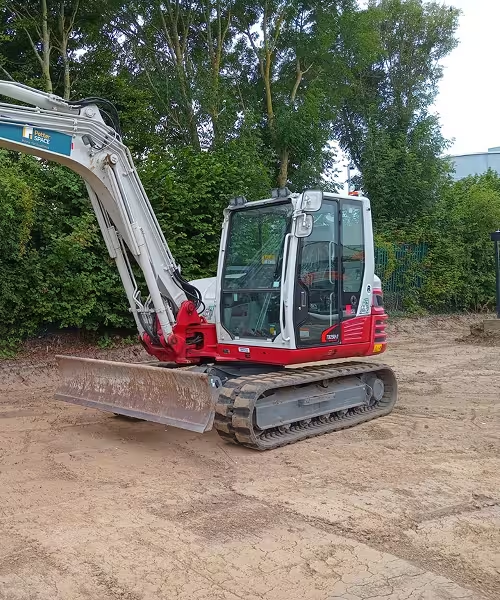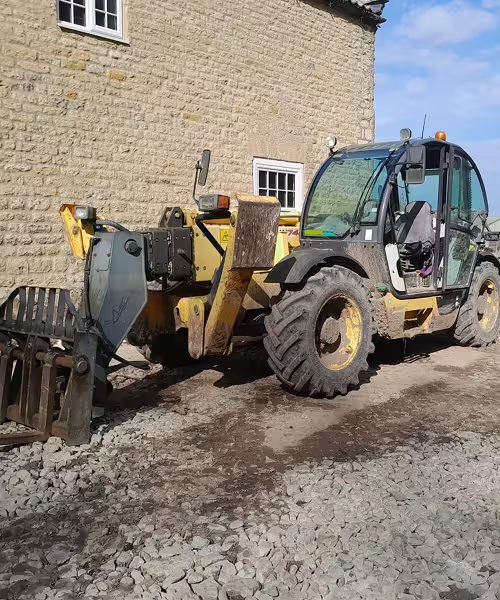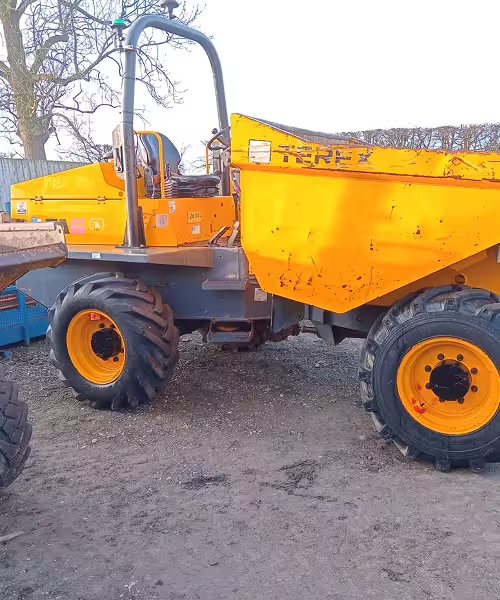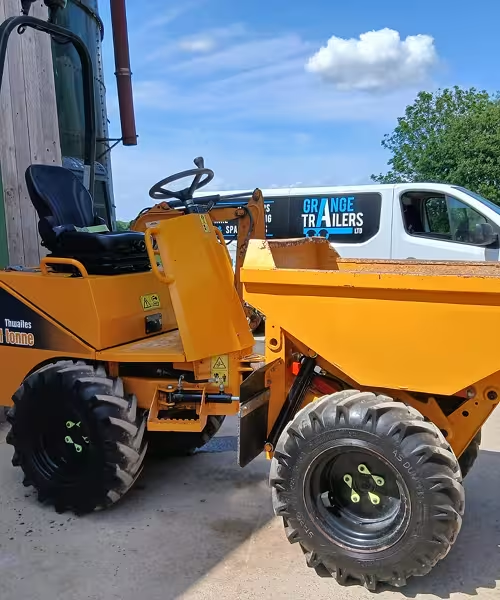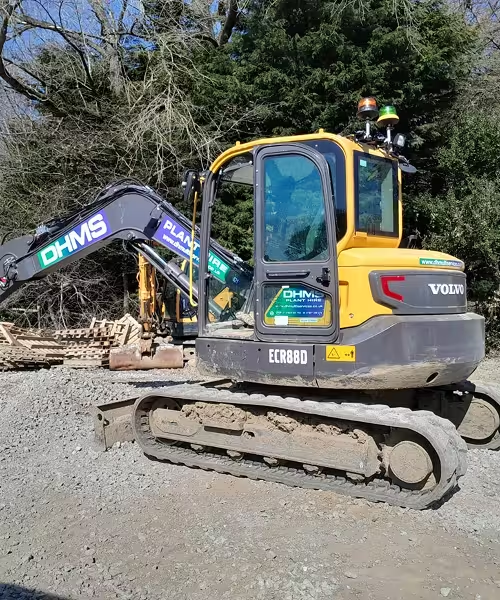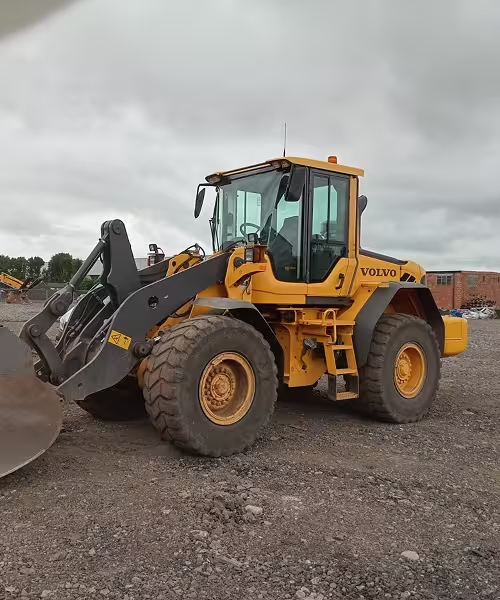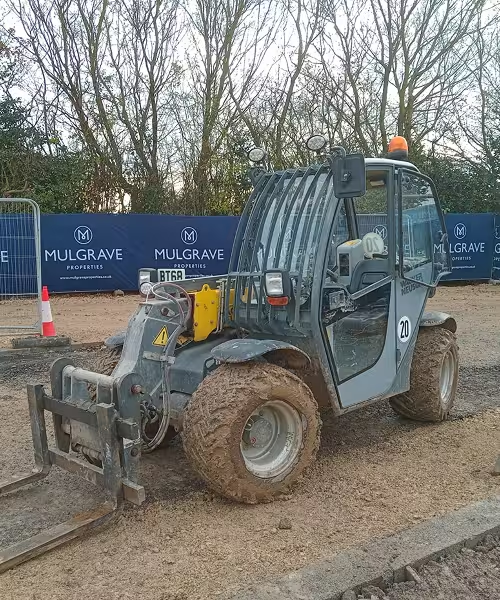"We cannot recommend Phil and the service he provides enough. We contacted Phil with regards carrying out an annual LOLER inspection on a couple of our machines. From start to finish the service provided was very thorough and professional, We will definitely be contacting Phil for all our future LOLER testing requirements. And we will not hesitate to recommend."
What is a LOLER inspection?
A LOLER inspection ensures your lifting equipment is safe and compliant. The Lifting Operations and Lifting Equipment Regulations 1998 Act (LOLER) govern these inspections. Ultimately, they are a vital legal requirement for all businesses and organisations whose employees use lifting equipment, whether owned by them or not.
Minimising risk and keeping your employees safe
LOLER inspections are more than just a legal obligation. They’re designed to ensure workplace safety, by preventing the occurrence of accidents, injuries, and equipment failures. The overall purpose of a LOLER inspection is to help identify and mitigate potential risks before they result in a dangerous accident.
What equipment is covered by LOLER?
"Lifting equipment" refers to any work equipment used for lifting or lowering loads. This also includes lifting accessories and attachments used to secure, anchor, or support the equipment. Examples include:
- Cranes
- Lifts
- Telehandlers and fork lifts
- Mobile Elevating Work Platforms (MEWPs)
- Motor vehicle lifts
- Vehicle tail lifts
- Chains, slings and hooks
What is a PUWER inspection?
A PUWER inspection is a safety assessment of equipment carried out under the Provision and Use of Work Equipment Regulations 1998 (PUWER). These inspections are designed to ensure that equipment and machinery in the workplace is safe to use and poses no significant, foreseeable risk to the health and safety of employees, employers and anyone else who has access to them.
Key points about a PUWER inspection
Whereas LOLER applies to only lifting equipment, PUWER covers all types of work equipment — including tools, machines, vehicles, and appliances used at work.
In general terms, PUWER places duties on people who own, operate or control any work equipment and machinery used in any workplace to select appropriate equipment for their operations and ensure that it is fit for use through appropriate inspection and maintenance regimes. Work equipment is broadly defined by Regulation 3 of PUWER as:
- Any machine
- Any appliance
- Any apparatus
- Any tool
- Any installation (used for work purposes)
Regulation 6 of PUWER specifies the requirement to complete suitable inspection and maintenance on all work equipment. A PUWER inspection can be either visual or a full system check with an element of testing, and must be carried out by a competent person.
What our customers say
"Grange Trailers have completed numerous LOLER tests on our lifting chains and shackles which is critical to ensure safe lifting operations on our construction sites. Whether the testing was planned or reactive it was carried out with the highest professionalism and in a timely manner. The certificates are then issued immediately to ensure site operations can continue safely and without delay. Thanks for the your efforts Phil."
Frequently Asked Questions
What is the difference between a LOLER and PUWER inspection?
LOLER and PUWER are often mentioned together due to some areas of overlap, but it's important to understand the distinction: LOLER applies specifically to lifting equipment, while PUWER covers all types of work equipment used in the workplace.
How often should LOLER inspections be carried out?
To ensure lifting equipment remains safe, thorough examinations are required:
- Before first use, unless covered by a Declaration of Conformity less than one year old and not assembled on site.
- After assembly and before use at each new location (e.g. tower cranes).
- Regularly in service, typically every 6 or 12 months, or according to a scheme set by a competent person.
- After exceptional events, such as damage, long periods of disuse, or major repairs.
Who is responsible for LOLER and PUWER compliance?
Employers, self-employed individuals, and anyone in control of work equipment are responsible for ensuring compliance with LOLER and PUWER regulations.
What happens if I don't comply with LOLER or PUWER?
Non-compliance can lead to fines, prosecution, or even serious workplace accidents. Regular inspections and testing help you meet legal obligations and ensure a safe working environment.
Can one inspection cover both LOLER and PUWER?
In some cases, yes. If a piece of equipment falls under both regulations, a qualified inspector may carry out a combined inspection—provided they are competent in both LOLER and PUWER assessments.
Do you come to us or do we bring the equipment to you?
We offer flexible inspection options to suit your needs. While we can carry out LOLER and PUWER inspections at our fully equipped premises near York, we most commonly visit your site to inspect the equipment where it's used. This ensures minimal disruption to your operations and allows us to assess the equipment in its working environment.
How much does a LOLER or PUWER inspection cost?
The cost varies depending on several factors, including the type of equipment being inspected, location etc. Our prices are competitive and we’re happy to provide a tailored quote based on your specific requirements—just get in touch with the details of your equipment and we’ll take it from there.

